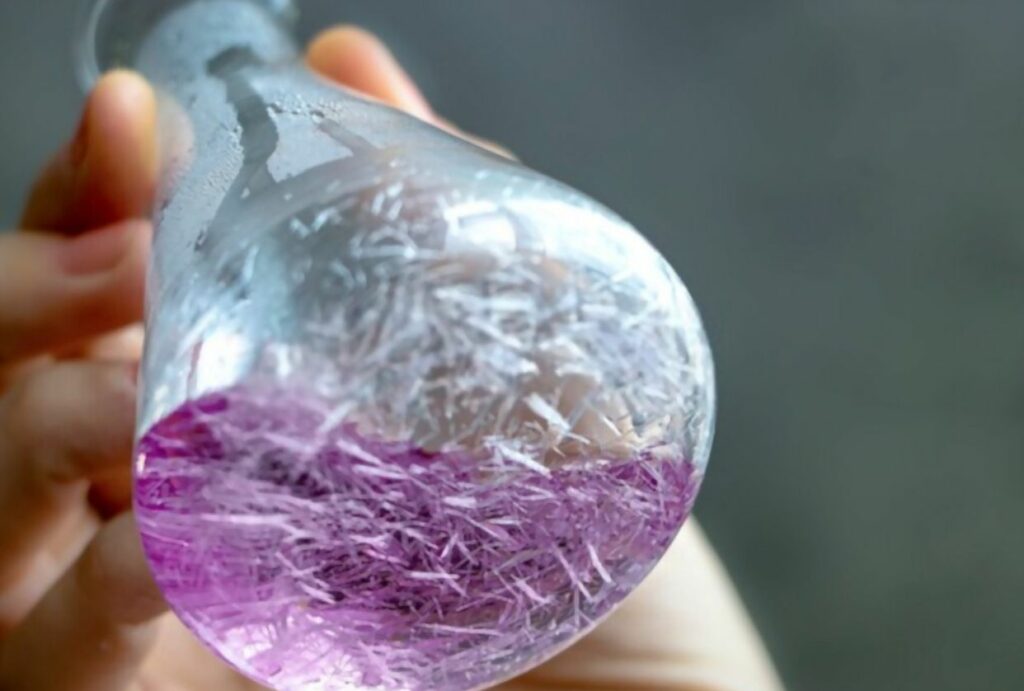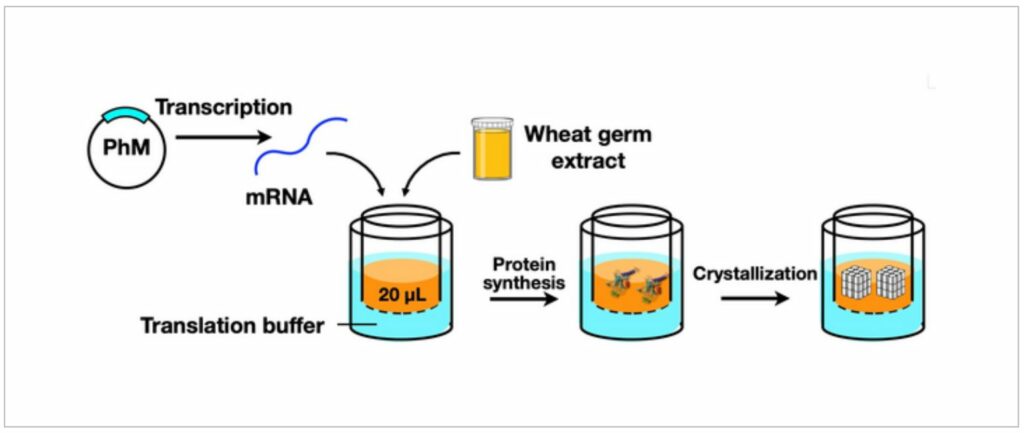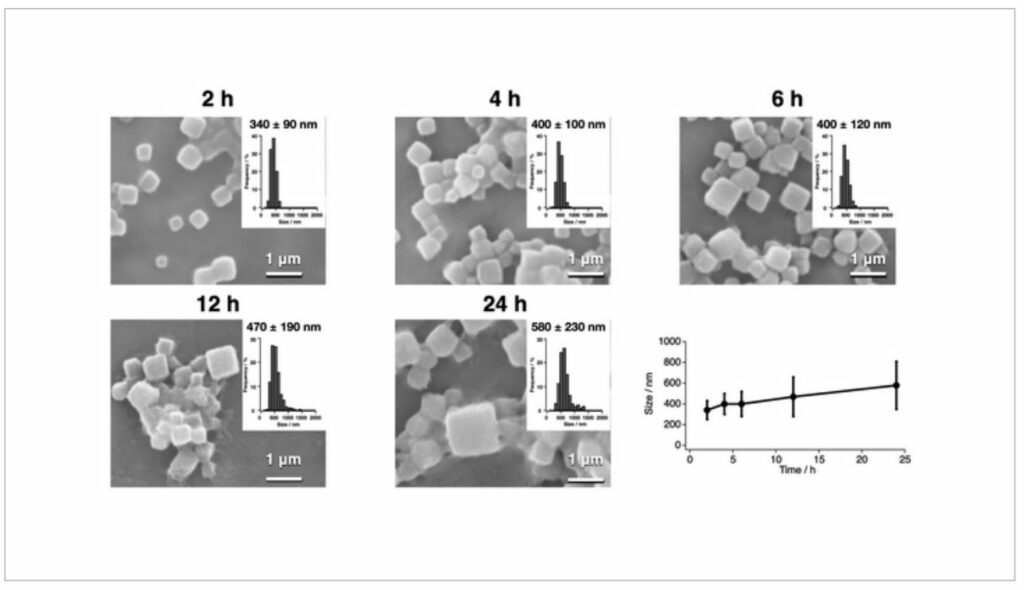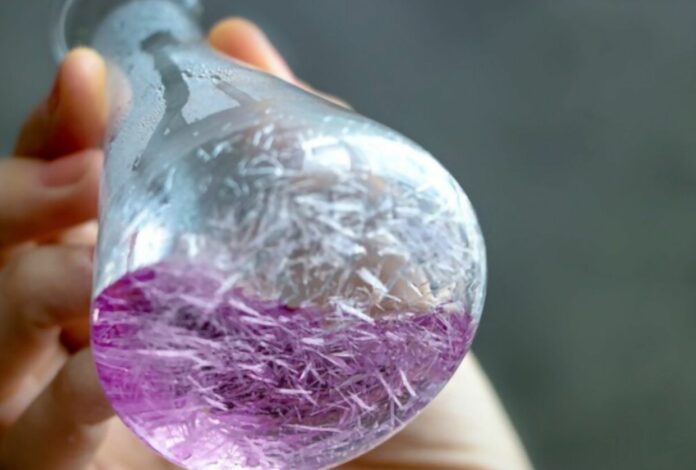Direct protein crystallization is a key component of the novel cell-free protein crystallization (CFPC) technology developed by Tokyo Tech, which represents a significant advancement in structural biology. This method will make it possible to study unstable proteins that could not be examined in the past. Studying these in-depth will help us learn more about how cells work.
Some crystals, like salt and sugar, are familiar to us because we use them every day. However, there is another set of crystals that we can’t see but are very important to our bodies. Living cells include microscopic protein crystals that support functions like immune system activation, protein storage, and defense.
The in-cell protein crystallization (ICPC) method, which allows for direct observation of protein crystals in living cells and ensures high-quality crystals without the need for elaborate screening procedures or purification procedures, was created by scientists to help them better understand the relationship between the structure and function of protein crystals.

The crystals generated in living cells lacked the size and quality necessary for examination, hence despite their obvious benefits, only a few structures were reported. In order to improve the process, a group of researchers from Japan under the direction of Prof. Takafumi Ueno of Tokyo Tech set out. And they recently had a breakthrough!
In their work published in Scientific Reports, the team described the creation of a technique that would improve the efficiency and effectiveness of protein crystallization and analysis. This process, known as cell-free protein crystallization (CFPC), was a cross between in vitro protein crystallization and ICPC. It enabled the quick and direct creation of protein crystals without the use of laborious crystallization and purification techniques.
“ICPC is expected to become an important tool in crystal structure analysis but we need a method to obtain better resolution protein crystal structures. So, we focused on establishing high-quality protein crystallization using CFPC with small-scale and rapid reactions,” adds Prof. Ueno, who also heads the Ueno Laboratory at Tokyo Tech.

Members of this group investigate naturally-occurring protein assemblies, their structure, and their functions in an effort to develop new biotechnology and energy solutions using this information.
Back to the team doing this study, some of whom are also members of the Ueno Laboratory, used a wheat germ protein synthesis kit, which is a tool for making polyhedrin monomer, a viral protein made in insect cells when cypoviruses infect them. Following this, the protein was crystallized using the CFPC technique, which resulted in the production of nano-sized polyhedra (PhCs).
This technique took 6 hours and 20 microliters of the reaction mixture. Scanning electron microscopy revealed that the PhCs were extremely pure, allowing their structures to be determined with a resolution of up to 1.95. (or 1.95 angstrom). To learn more about what their new system could do, the team analyzed the structure of crystalline inclusion protein A (CipA). Its structure was figured out with a high level of detail of 2.11, which had never been done before this study.

This is a significant advance in the field of structural biology, as the proposed method will for the investigation of unstable and low-yield proteins that cannot be investigated using standard techniques. Additionally, this technology promises to support the creation of sophisticated methods for quick and small-scale protein crystallization and analysis. Prof. Ueno says, “The high-quality protein crystals produced by our method will expand the horizons of structural determination and provide us with useful and unprecedented insights into the complex environment of living cells.”
Source: 10.1038/s41598-022-19681-9
Image Credit: Getty
You were reading: Structural Biology Hits A Breakthrough Finds New Cell-free Protein Crystallization Method
